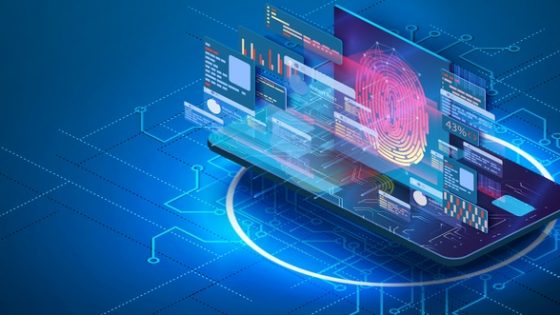Our last blog post provided three steps schools can follow to optimize software license management. These tips came from Tufts University’s Dianne Silva in a webinar with Kivuto at the 2022 EDUCAUSE Online Conference.
The three steps Silva outlined can go a long way toward streamlining software license management at any college or university. However, they aren’t the only steps schools can take toward this goal. With that in mind, we decided to build on our last post with this follow-up describing additional measures institutions can take to further optimize how they manage and distribute digital licenses.
Here are three more steps schools can take to streamline software license management.
Centralize Digital Resources
This step is a natural extension of one provided in our previous post – giving students self-serve, 24/7 access to software. In addition to taking work off staff’s shoulders, providing self-serve access makes it easier for students to get the software they need. To make it even easier, schools should offer all software, eBooks, and other digital resources through a single, central portal.
Centralizing digital resources yields many benefits for schools. It increases the adoption of software by taking the guesswork out of where students need to go to get it. This maximizes the ‘bang for buck’ schools get out of their site-wide licenses and licensing programs. It can also ease the support burden on staff by reducing the number of students who have to reach out to IT for help finding the software they need.
Want more info on the benefits of centralizing digital resources? Check out our full blog post on the subject or this video on how Kivuto’s platform helps schools through centralization.
Leverage Single Sign-On
Creating a centralized platform where students can self-serve access to software won’t do schools any good if that platform is not secure and easily accessible. The best way for schools to ensure this is to integrate the platform with their single sign-on (SSO) authentication system.
SSO enables students to access software through their school sign-in page using their school credentials. This provides an intuitive user experience and fosters security by minimizing the number of credentials students have to remember and the number of systems into which they have to enter them. And SSO can be used to determine not only whether an individual is eligible to access software but what specific software they’re eligible for. Using this data to filter what software each student sees based on their unique eligibility can save them a ton of time spent scrolling through offerings that aren’t for them.
Want to learn more about how to maximize the benefits of SSO? Check out our blog post – Best Practices in User Authentication All Schools Should Follow.
Offload Student Support
Optimizing how software is delivered can go a long way toward reducing the number of hours staff have to spend helping students through the process. However, no matter how intuitive a system is, there will always be people who just don’t get it. This is why many school IT teams find themselves inundated with time-consuming support tickets every semester.
Schools can save vast amounts of staff time by outsourcing certain aspects of student support. For example, working with a third party that will handle support requests related to the acquisition and installation of software can free up a lot of valuable resources, which can then be reallocated to more critical tasks.
Is your institution thinking of offloading student support? Get tips on what to look for by reading our blog post – Outsourcing IT Support: Four Requirements Schools Should Set.













